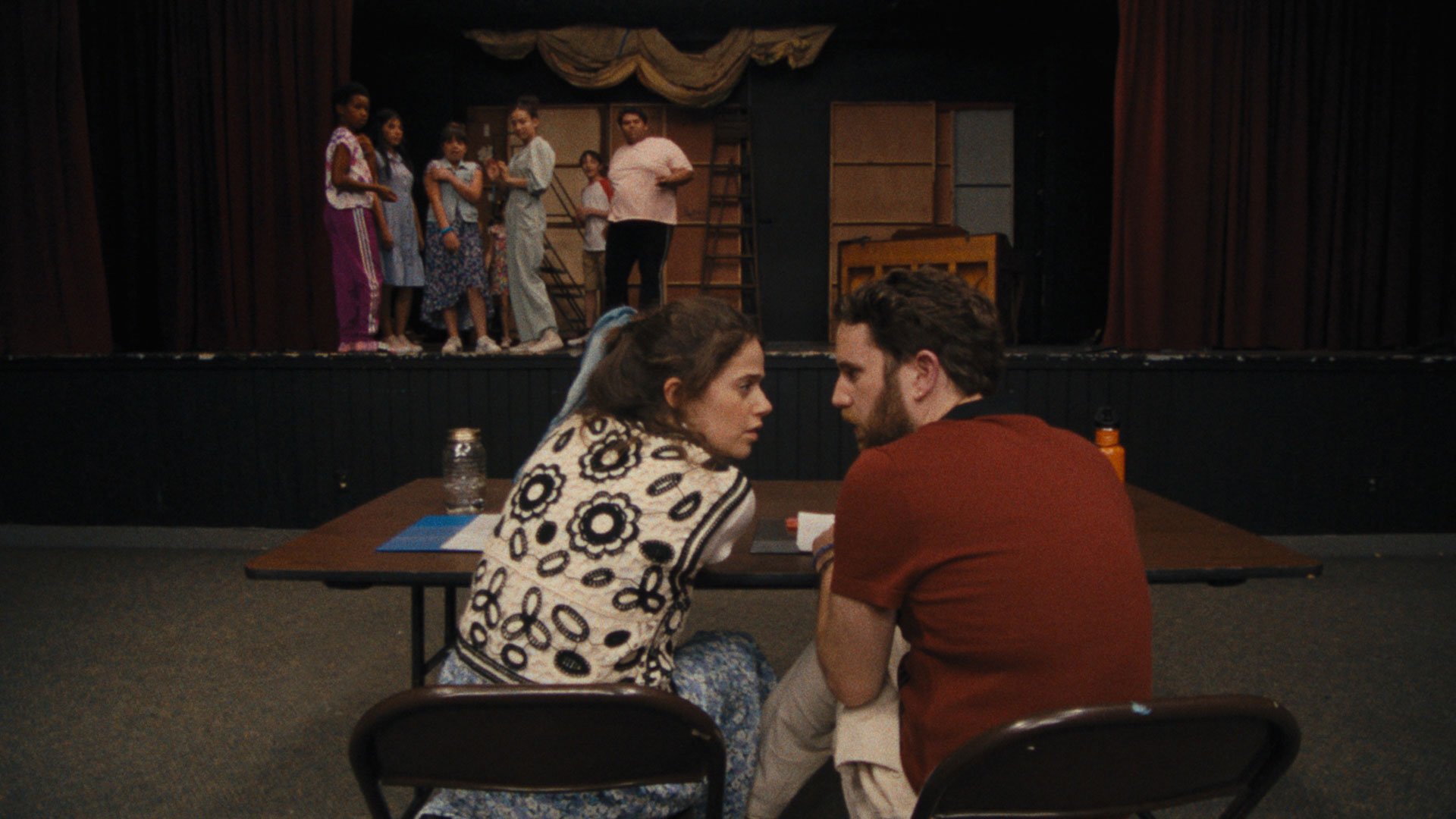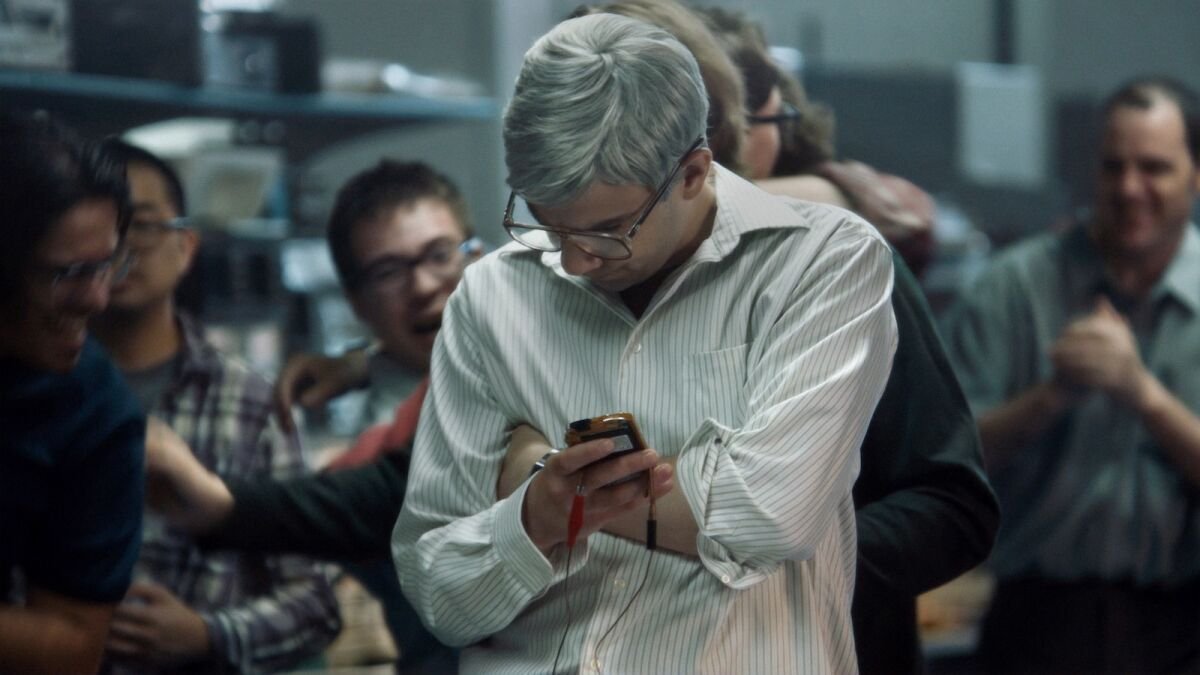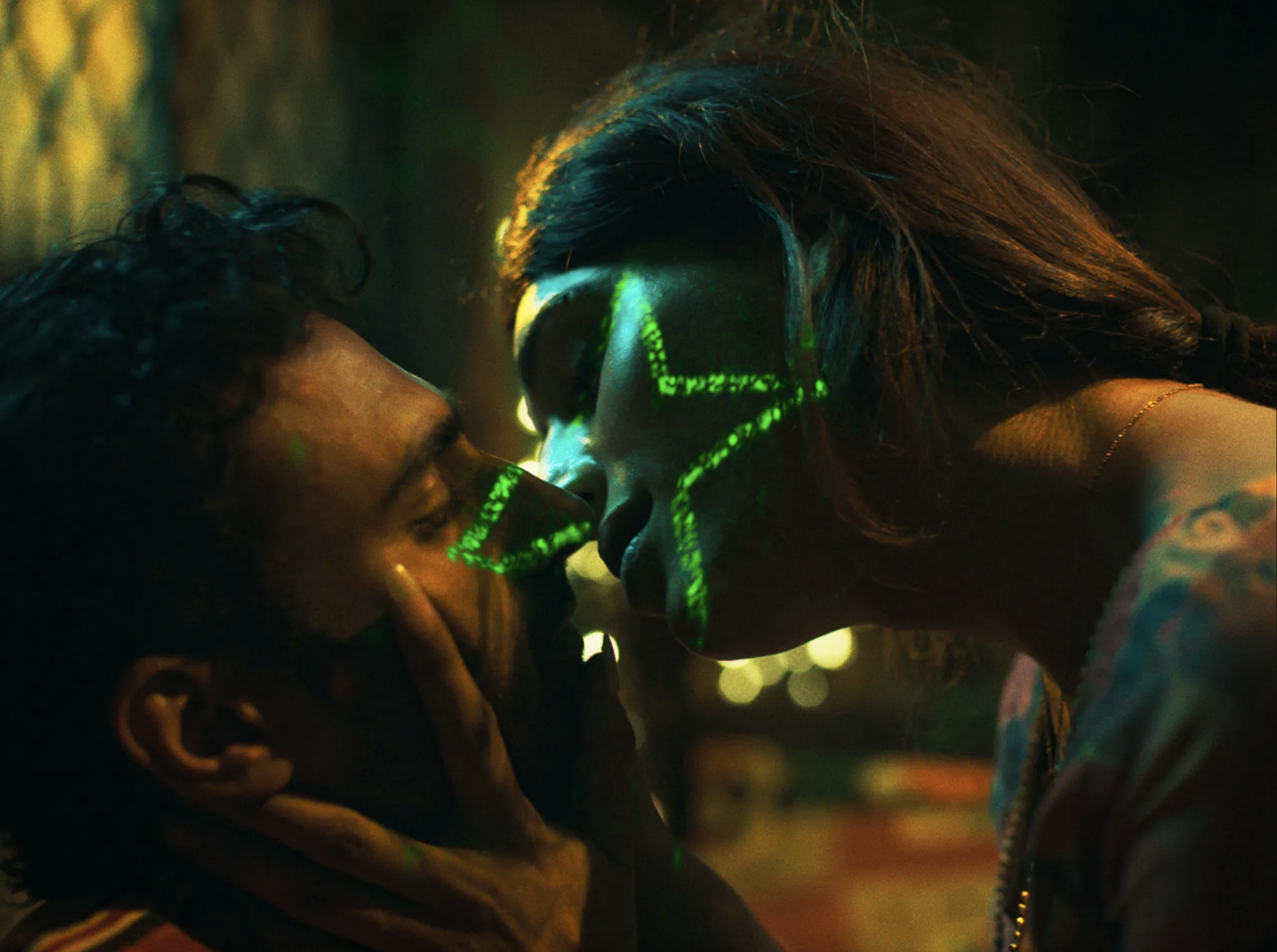SIFF Advance: THEATER CAMP
Directing: B+
Acting: B+
Writing: B+
Cinematography: B
Editing: B+
Theater Camp seems to pick up where Christopher Guest left off—and, I mean, where he left off with his last great movie, A Mighty Wind, in 2003. His 2006 film For Your Consideration aside, Guest hasn’t been in top form in a solid twenty years. In that wake, countless imitators have come and gone.
Somewhat astonishingly, first-time feature co-directors Molly Gordon and Nick Lieberman have come along with a film worthy of the comparison. It also fantastically updates the charming but flawed precepts of the film Camp, which was also released in 2003, was also about a theater camp, and incidentally costarred a then-18-year-old Anna Kendrick.
Who knows which of the many, incredibly talented children in Theater Camp will similarly become stars in the near future? The cast this time is rightfully much more diverse, right down to the straight theater kid who has two dads. And the characters this time are not saddled with a plot about backstabbing competitiveness. The central conflict here has very little to do with interpersonal conflict, as the characters—teachers and kids alike—exist in a sort of utopia of sorts, one by all accounts very similar to those remembered by drama kids today. Instead, Theater Camp is much more about finding success through making the best of very limited resources.
The more I think about this movie, the more fond of it I become. There’s something about the storytelling, that is sweet without being sticky, heartwarming without being overly sentimental. It’s not just that these varyingly eccentric kids exist in a world that allows them to be their whole, authentic selves. It’s that, in the world of this movie, there isn’t even any particular novelty in that. It’s just what these kids—and their teachers—know.
And none of this is to say that Theater Camp doesn’t lean into the humor of “theater types.” It very much does so, but it’s always with a loving humor, a clear fondness for its subjects. One of my favorite things is how this extends to the camp founder’s grown son, Troy (Jimmy Tatro, who could easily pass for Ike Barinholtz’s younger brother), one of two key straight male characters. When his mother, Joan (Amy Sedaris, criminally underused) falls into a coma, Troy must step in and take on her duties. Even with Troy characterized as a “bro” type vlogger who comes in largely clueless, he is never characterized as the enemy—which, honestly, is refreshing. Instead, he’s merely a fish out of water, trying to find his bearings, stumbling on his way toward attempts to keep the camp afloat. He is met with some resistance, but in a way that makes us feel for him.
And that is perhaps the most delightful part of Theater Camp: it has a huge, ensemble cast of characters who are wildly different from each other, the one key thing they have in common being a love of theater. And every single one of them is likable—even, somehow, the director of the neighboring camp who is keen on taking over theirs.
The cast also prominently features Ben Platt, and co-director Molly Gordon, as teachers at the camp who play a gay man and his straight-woman best friend who attended this same camp as kids, and now compose an original play every year. This year their play is about the life of the play’s founder, which cleverly winds up touching Troy in subtly inventive ways.
Through this play-within-a-movie, we get a film that itself is technically not a musical, and yet we are treated to plenty of incredibly catchy, original musical numbers. If musicals aren’t your thing, then Theater Camp won’t be or you. But if you have any kind of appreciation for theater at all, and particularly the lovably odd personalities that inhabit that world, then you will be utterly charmed by this film.
You’ll be delighted by everyone in this movie. End of discussion!
Overall: B+










